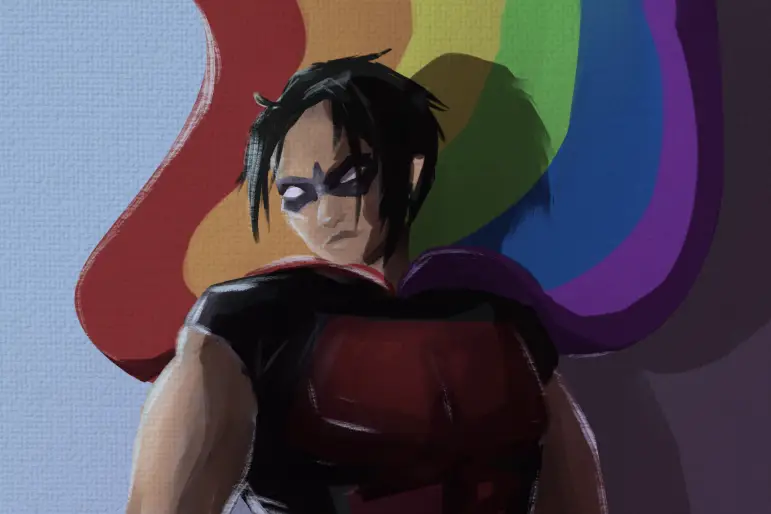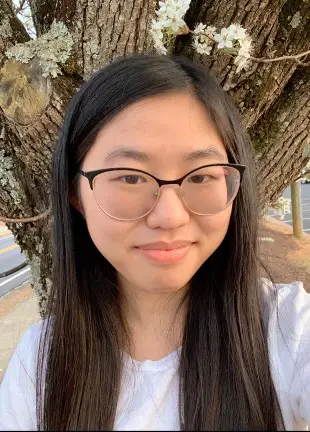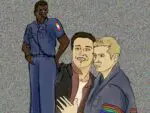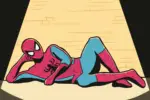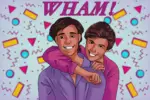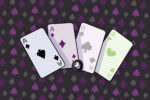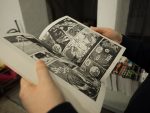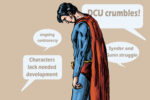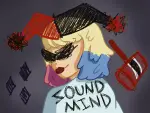Tim Drake just can’t catch a break. Just last year, he went through a much-maligned arc in which he donned the moniker “Drake,” complete with a drab new costume, until fan disapproval forced him back into the role of Robin. His latest appearance, in which he agrees to go on a date with former classmate and friend Bernard Dowd, is only slightly more controversial.
The sixth issue of “Batman: Urban Legends” follows Tim as he continues to struggle to define himself in archetypal coming-of-age fashion. The character has been going through a bit of an identity crisis, but his story is one of “identity and self-discovery,” something that writer Meghan Fitzmartin was very deliberate about.
Although Tim Drake is far from the first queer or bisexual DC character, he is among the most visible simply due to his status as Robin. His coming out thus led to an uproar from fans and casual readers alike. Of course, the response has not been entirely positive, but there is one thing that people on both sides seem to understand: Comic books, like all forms of art, exist as reflections of the political and cultural climate they were created in. They are inherently political, and always have been.
DC has never shied away from politics, and indeed, their comics today continue to tackle politically charged themes and issues. Oftentimes, the political messages of DC comics aren’t relegated to subtext, but are directly relevant to the plot. The comparisons aren’t always subtle either, nor have they ever been.
Even as far back as the very first issue of Action Comics (the magazine that would eventually become DC Comics) in 1938, Superman beats up a domestic abuser, saves a falsely accused person from execution and forces a politician to admit to intentionally stirring up a war in a foreign region because he was tied with the weapons manufacturing industry.
Just as we cannot separate Superman from politics, neither can we remove the evolution of queer DC characters from the political and social climate during which they were written. The reveal of Tim Drake’s bisexuality isn’t an example of how DC is “too woke,” but another step in the company’s attempt to create art that ultimately reflects the reality of human existence.
Because — guess what! — queer people read comics too, and we deserve to be represented.
The (Largely Incomplete) Timeline of Queer Characters
Comics have evolved with changing notions of race, gender and, of course, sexuality. The first attempts at writing queer characters in comics, however, were pretty shoddy.
The first DC character who might be considered queer was an evil, HIV-positive vampire named Hemo-Goblin. I wish I was making this up. Of course, he wasn’t explicitly queer. Censorship made sure of that. But he was strongly queer-coded, and not with any grace. In the same series, we meet Extraño, who was the first openly gay superhero in DC comics. He embodied nearly every gay stereotype, from wearing flamboyant clothing to speaking with a lisp.
Needless to say, DC didn’t start on a great foot. The most obvious reason for this is the Comic Code Authority (CCA), which didn’t provide its seal of approval to any comic that included queer characters until 1989. It wasn’t until the CCA was revised in 1989 that we actually saw LGBTQ+ representation that could be considered less … well, whatever the Hemo-Goblin was.
Not every early instance of queer representation was negative, though many were a bit strange. For example, in 1990, the third issue of “Doom Patrol” introduces us to a “transvestite” street named Danny. Yes, a street. Grant Morrison, who is also nonbinary, designed Danny to be a haven of sorts for anything deemed abnormal, and three decades later, the character would also be confirmed as genderqueer.
In 1992, we also get one of the first bisexual superheroes in the form of snarky magic-user John Constantine, who mentions having both male and female exes. He’s been explicitly portrayed as bisexual in most iterations since. Though far from a paragon of virtue or heroism, Constantine is a fascinating character whose progressive politics are present in nearly all of his comic series — especially in DC Rebirth’s “Hellblazer.” We can’t forget this iconic scene, either.
Two years after his “coming out,” so to speak, DC comics finally gave us an actual same-gender relationship between Apollo (who got his superhero moniker from the not-so-straight Greek god) and Midnighter in the form of a kiss, though the pair had been given plenty of gay subtext beforehand. However, it’s also important to note that, as with Constantine, while Apollo and Midnighter are DC superheroes, the comics in which they appeared were not targeted toward mainstream audiences, but a more fringe and mature demographic.
While this is by no means a comprehensive list, by the turn of the millennium, the roster of LGBTQ+ characters nonetheless remained relatively short. That slowly started to change as the 2000s pressed on. Once public perception started warming up toward LGBTQ+ people, representation in comics certainly became both more common and better executed.
At this point, DC had its first same-gender marriage between Apollo and Midnighter in 2002. While groundbreaking for its time, the comic series itself was riddled with insensitive moments, such as how most of the wedding scene is devoted to other (heterosexual) couples. Additionally, this issue was the last to be published before the series’ inevitable cancellation.
And then, in 2006, Batwoman (who was first introduced to be Batman’s love interest in 1956) was revealed to be a lesbian. She went on to become the first lesbian character to star in her own mainstream comic series, and even got engaged to then-girlfriend Maggie Sawyer in the first lesbian engagement scene in mainstream comics. DC refused to let the pair get married, however, since “heroes shouldn’t have happy personal lives” — a sad and hypocritical excuse if I ever heard one.
Alysia Yeoh, Batgirl’s roommate, also came out as a trans woman in 2013. While this is sometimes erroneously referred to as DC’s first trans character (as if Masquerade or Marisa Rahm don’t exist), Alysia was deliberately written as a non-fantasy trans woman, who exists not as a shape-shifter or sentient road but a fully human woman. Two years after her coming out and DC’s “BatwomanGate,” Alysia also became the first trans bride in DC comics upon marrying her girlfriend, Jo.
Additionally, the first Green Lantern, Alan Scott, is also retroactively queer. The revamped version of the original Alan came out to his children in a comic that came out earlier this year, technically making him the first gay superhero within the DC Rebirth universe (sorry, Extraño).
Nowadays, while they’re not the norm, it is much easier to find queer characters in DC comics, like Jackson Hyde/Kaldur’ahm as Aqualad and even Wonder Woman. Spinoff series that use DC superheroes are also given plenty of freedom when it comes to queer representation.
D.C. Bombshells, for one, is an alternate universe series that follows a massive number of DC’s iconic women throughout the 1940s. It’s so unabashedly sapphic and queer that I can’t help but be impressed. The number of queer women who can find themselves represented on paper is, of course, due to the many queer women responsible for the comics’ production. For another, “Justice League Queer,” came out earlier this year, and features an all-star team of LGBTQ+ superheroes, lead by a modernized (and better) take on Extraño.
How Far We’ve Come and The Long Road Ahead
Although queer characters can be more easily found across all media (at least compared to a decade or two ago), that doesn’t mean we’ve achieved some golden standard of representation. Nor does it mean that audiences or content creators are all wonderfully accepting.
But throughout DC’s modern run, there have been people who championed for greater LGBTQ+ representation, despite consistently having to push against an unfriendly environment to do so. I’m still surprised that Tim Drake can go out on a date with a male love interest to generally positive reception (especially with DC’s history of going to any lengths possible to squash the queer associations people make with the Robin mantle).
We owe this representation not only to a changing social climate, but also to the LGBTQ+ writers and artists behind the scenes who fought for representation in the works that they created. It doesn’t come as a strong surprise that the most radically queer comics come from queer creators.
It’s frankly great to see audiences and creative teams alike push for greater representation, especially in a relatively short time frame, especially in an art form so indisputably American as comics. The way DC comics have changed over the years mirrors the way LGBTQ+ people have carved a place for themselves in an ultimately uplifting way.


